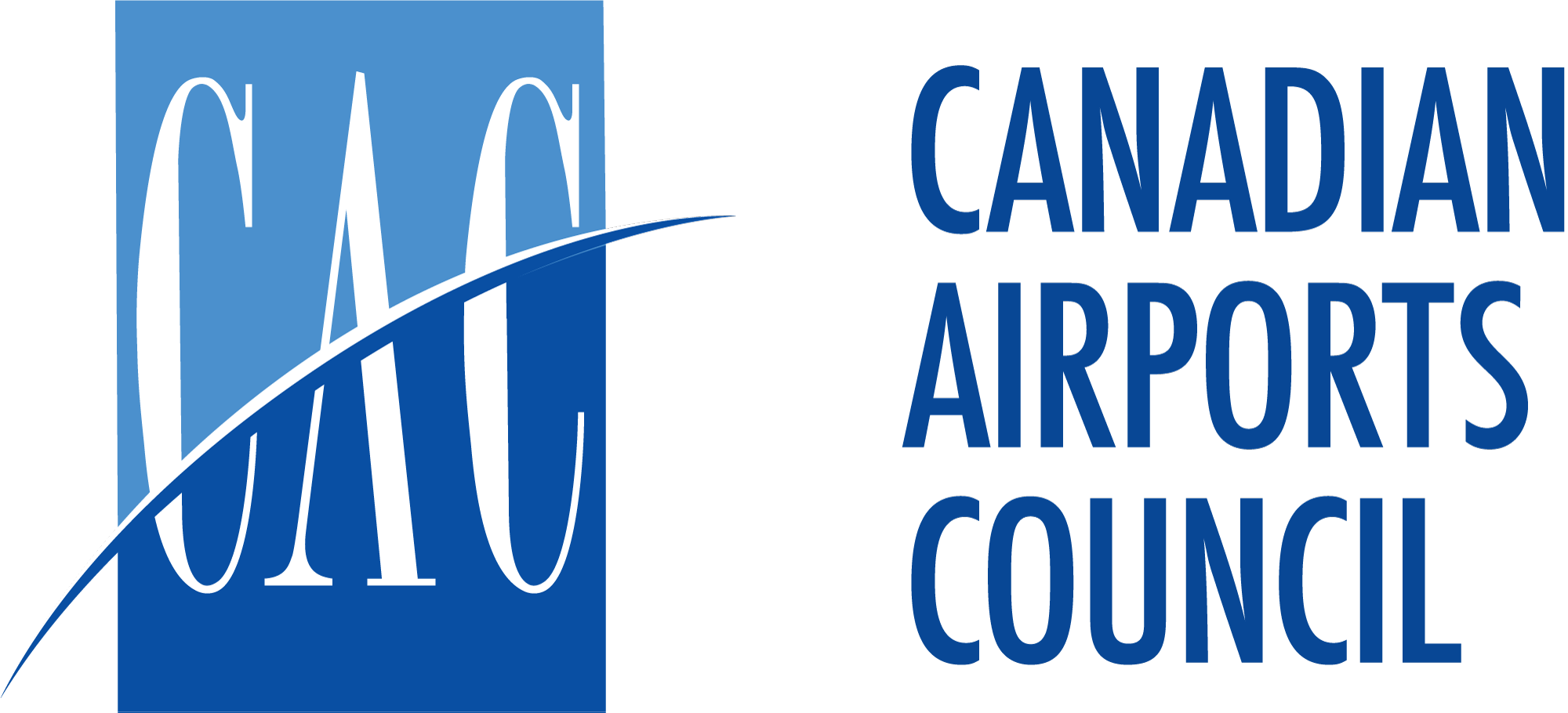Without more active engagement by the federal government, Canadian travellers at risk to shoulder pandemic-related costs.
Ottawa, ON, May 27, 2021 Without a strong federal commitment to a comprehensive aviation recovery plan, both the air sector and Canada’s overall competitiveness face considerable risk, according to aviation and business industry leaders who participated in a May 27 forum that examined post-COVID air connectivity and passenger costs.
Air transportation is an important industry in Canada, facilitating the movement of people and cargo, and is a catalyst for other industries such as tourism. The sector currently accounts for 256,000 direct jobs and contributes $23.4 billion in direct Gross Domestic Product (GDP).
The webinar brought together leaders from the aviation and business communities to focus public attention on the importance of an air sector recovery and why it matters to every Canadian traveller, business and community.
The starting point for the discussions was a newly released whitepaper, Holding Pattern: Canada Needs a Swift Recovery and Competitive Air Sector produced for the Canadian Airports Council, which examined the issues that will affect air recovery in Canada, including increased costs to travellers and reduced connectivity. The paper noted that a 25 percent increase in the price of travel would lead to decline of 20 percent in passenger demand. In turn this will impact connectivity, which has plummeted by as much as 90 percent in some regions, while leaving other regions isolated with effectively no service at all.
“Passenger throughput at Canada’s airports sits currently at roughly 10 percent of the levels seen in 2019,” said Joyce Carter, CAC Chair and President and CEO of Halifax International Airport Authority. “Until the lost connectivity is restored, many regions will not see the economic benefits associated with air travel – including the spin-off benefits for other industries.”
The cost of maintaining community access with almost no revenue has forced Canada’s airports into a deep financial hole that the government has yet to fully address. COVID-19 travel restrictions have already led to airport losses of $5.5 billion in revenue to the end of this year. On top of that, airports have accumulated an additional $2.8 billion in new debt directly related to operating during the pandemic. This new debt, and its carrying costs, will have to be repaid, piling on additional costs on the price of air travel.
According to the whitepaper, the air sector’s current financial position and resulting cost-saving measures are likely to have an impact on the ability of Canadian airlines and airports to compete with their U.S. and foreign counterparts. This situation poses a real threat, as other major aviation countries are already on their way to recovery, while Canada’s borders have remained closed to international travelers since March 2020.
Webinar participants identified several actions that would reduce the risk that accessing flights or destinations would be more difficult or more expensive for that critical connectivity which will be required for passengers and cargo alike.
Summing up the discussions, Bob Sartor, President and CEO of The Calgary Airport Authority said “Aviation is the connective tissue that helps hold this huge country together and keeps our economy growing. Canadians need a dynamic and financially competitive aviation sector to reap the rewards which will come with a recovery.”
###
About the Canadian Airports Council
The Canadian Airports Council (CAC), a division of Airports Council International-North America, is the voice for Canada’s airports community. Its 54 members represent more than 100 airports, including all of the privately operated National Airports System (NAS) airports and many municipal airports.
Canada’s locally managed and not-for-profit airports are essential community assets. In 2019, they supported 194,000 direct jobs, contributed $19 billion to GDP and $48 billion in direct economic outputs. They also remitted $6.9 billion in taxes to municipal, provincial and federal governments.
For more information or to obtain a copy of the whitepaper, please contact:
Debra Ward
Canadian Airports Council
613 850 9118
debra.ward@cacairports.ca

